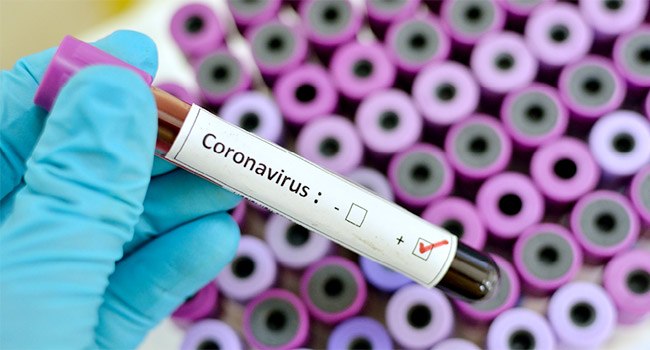New Coronavirus Wasn’t Made in a Lab, Genomic Study Shows
WEDNESDAY, March 18, 2020 (HealthDay News) — Despite internet rumors to the contrary, the new coronavirus arose from natural causes and was not concocted in a lab, according to scientists who conducted a detailed genomic examination of the virus.
SARS-CoV-2, the virus that causes COVID-19 illness, shows zero evidence of being artificially engineered, reported a team who published their findings March 17 in Nature Medicine.
“By comparing the available genome sequence data for known coronavirus strains, we can firmly determine that SARS-CoV-2 originated through natural processes,” study co-author Kristian Andersen, an associate professor of immunology and microbiology at Scripps Research, said in an institute news release.
The research was a collaborative, international effort: Andersen was joined by scientists from Columbia University in New York City, the University of Sydney in Australia, and Tulane University in New Orleans.
As of Tuesday, the World Health Organization reports almost 185,000 known cases of COVID-19 worldwide, including 7,529 deaths.
As the pandemic spreads, rumors of nefarious plots of scientists creating SARS-CoV-2 in a lab have proliferated.
But Andersen’s team believes their investigation proves otherwise. They pointed out that coronaviruses have long existed, causing illnesses of varying severity.
The first severe coronavirus-linked illness — severe acute respiratory syndrome (SARS) — emerged in China in 2003, while another — Middle East respiratory syndrome (MERS) — arose in Saudi Arabia in 2012.
While both of those epidemics died out, COVID-19 continues to spread worldwide. Early on in the pandemic, Chinese scientists mapped the genome of SARS-CoV-2 and made that data freely available to scientists worldwide.
Using that genome map, Andersen and colleagues examined the genetic template for proteins on the outside of the virus, called spike proteins. SARS-CoV-2 uses these proteins to latch onto the host cell.
Digging deeper, the researchers looked at the evolution of key components of the spike protein.
One component, called the receptor-binding domain (RBD), is a kind of “grappling hook” that SARS-CoV-2 uses to grip human cells. The RBD of the new virus is incredibly effective at binding to the cell — so effective, in fact, that the scientists believe it could only have evolved through natural selection.




